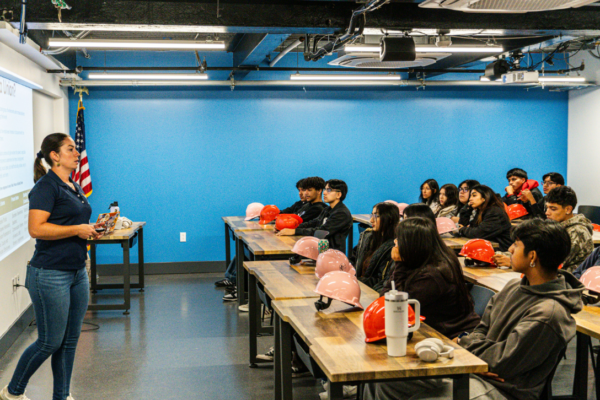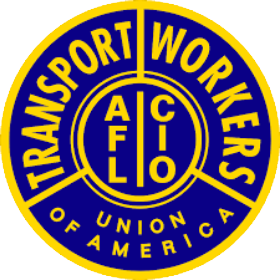July 12, 2012
By Jack Kittle, Political Director IUPAT District 9
Rather than criticizing Governor Cuomo over the new Tappan Zee Bridge proposal, we should be praising him for possessing that rarest of qualities among New York government leaders: vision.
In his Daily News column last week, Bill Hammond thinks New York should be cut corners to rebuild the bridge – ditching critical worker safety rules like the Scaffold Law and underpaying construction workers. But cutting corners is what got us into this mess in the first place. Fifty years ago, those involved with the original planning and building of the bridge intentionally cut corners to save a few bucks. They built a bridge with a useful lifespan of just fifty-five years. We need less, not more, short-term thinking.
Hammond cites a deeply flawed “report” by the Manhattan Institute based on cherry-picked data in order to support the position of the group that paid for it. What the report cited by Hammond fails to explain is that the difference in the cost of union and non-union construction, can be almost entirely explained by this dirty little secret: The non-union construction sector pays a large percentage of its workers off the books.
Let’s factor in the hidden costs of feeding the underground economy into the cost of these projects. Low road employers don’t pay a whole host of expenses that union contractors do, like Workman’s Comp, Social Security, payroll taxes, and more. Contractors who pay in cash are not paying income taxes at any level and yet enjoy the public services that we all pay for – their children attend public schools, they drive on our public roads, they use publicly funded police, fire and sanitation services and with no health insurance, they are using public hospital emergency rooms as a primary care physician.
Construction is a dangerous business and a disproportionate amount of worksite accidents and fatalities occur on non-union sites – a trend that would only get worse if the Scaffold Law, which requires contractors to provide lifesaving training and equipment, were to be repealed. Union contractors invest in safety and technical training and development of the workforce of the future. When the Bill Hammonds of the world finish dismantling the union construction industry, who is going to train the next generation of workers?
Finally, let’s talk about the quality of work produced by the low road contractors in the construction industry. If a builder is willing to pay his workers off the books, he is also willing to cut corners elsewhere to pad the bottom line. He is likely to breach environmental protections, relax safety protocols, and reduce quality control programs. Ask those who have purchased affordable houses and condos built by non-union developers. Leaky roofs, windows and sewage back up are small issues compared to a catastrophic failure of a bridge, or the need to make billions in repairs just a few years after the bridge is finished.
It has become fashionable to blame middle class workers for the economic situation we currently find ourselves in. But union construction workers are highly trained, highly skilled, hard working, Daily News-reading, serious workers who are not “drunk or stoned on the job”. While taking the low road may appear to save money in the short-term, it will cost us billions in the long-run.
Thank you, Governor Cuomo, for resisting the urge to take the low road and for not repeating the mistakes of the past.
Jack Kittle is a former bridge painter and Political Director of the International Union of Painters and Allied Trades DC 9



